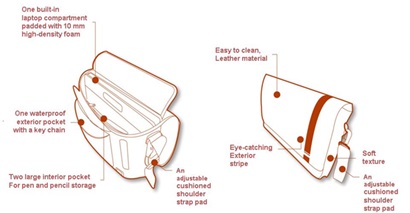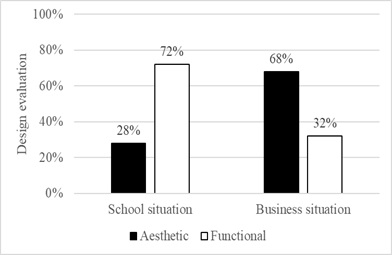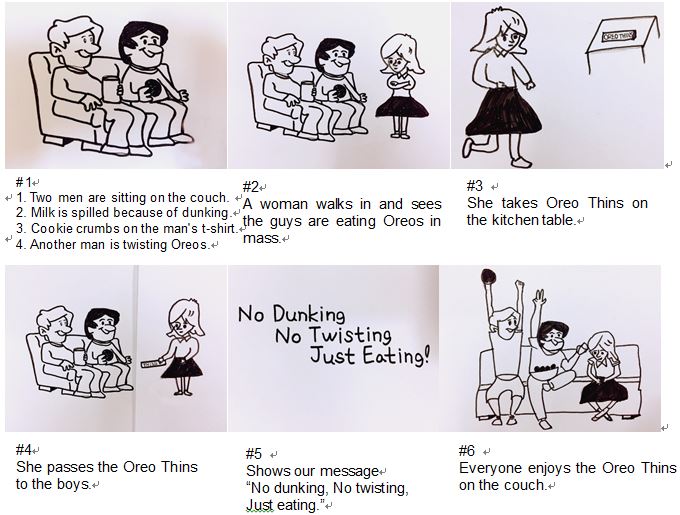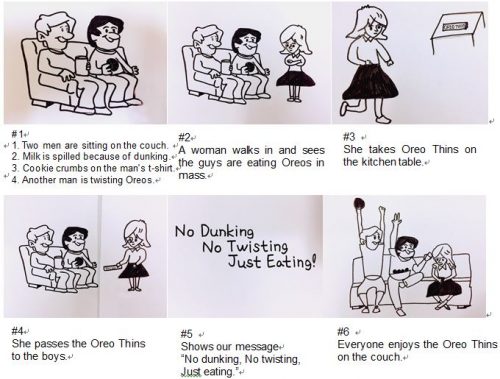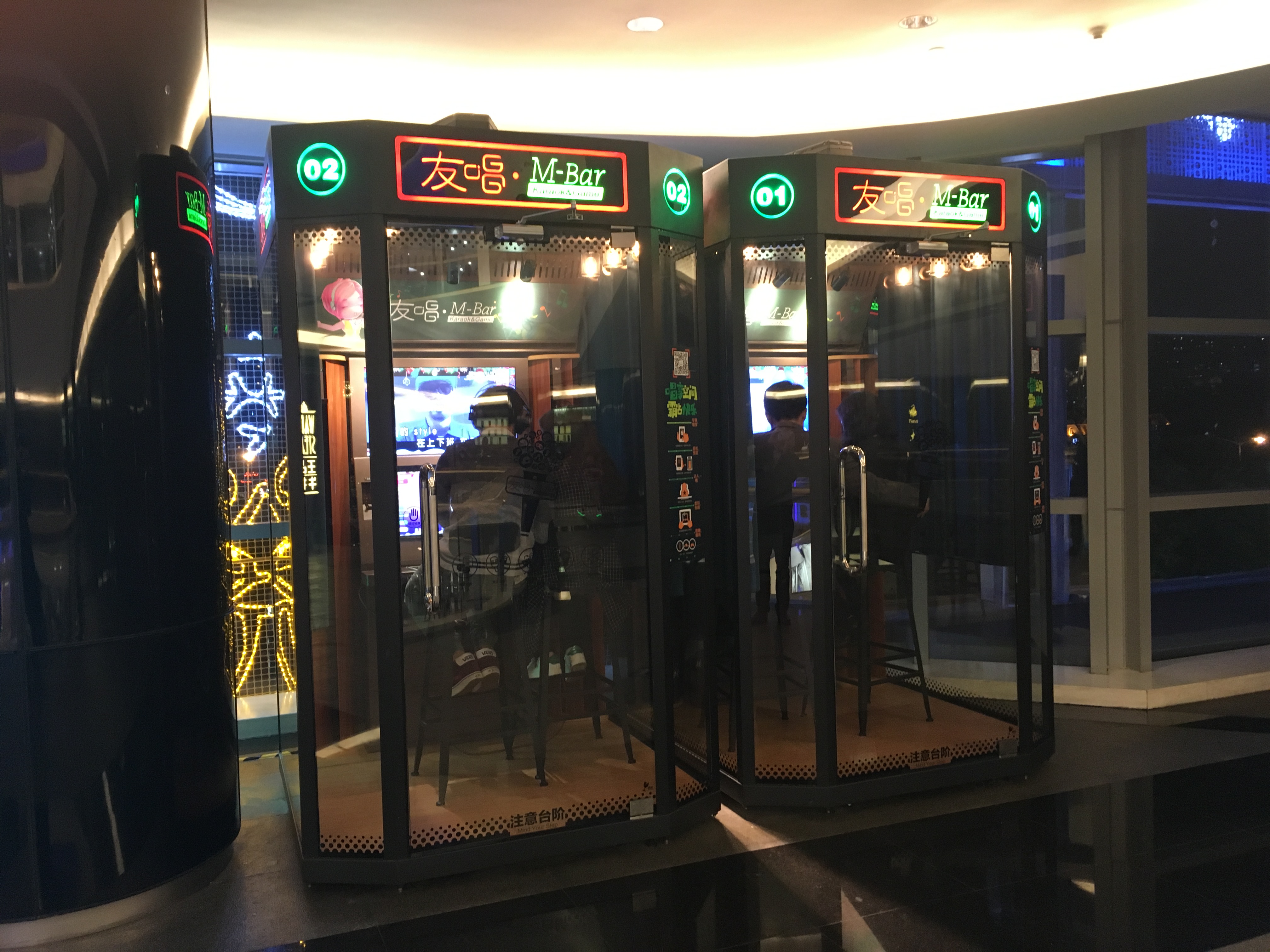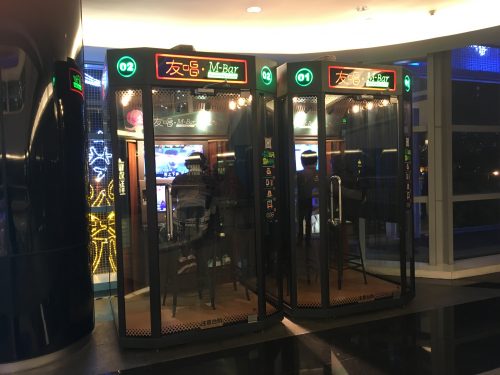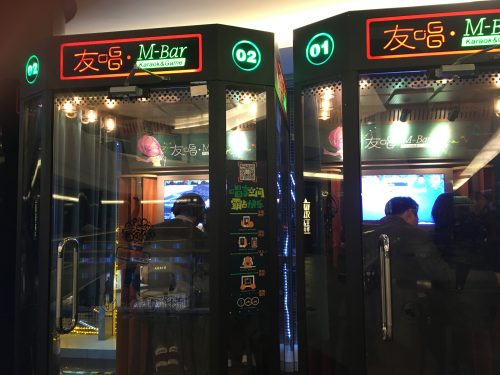https://www.youtube.com/watch?v=thLVrGg2Fnw
Uniqlo is one of the leading “fast-fashion” or SPA (specialty retailer of private label apparel) brands. It sells comfortable and affordable life-wear clothes. In April 2016, Uniqlo launched its sports brand called Uniqlo sports and aired the commercial of “Why are you wearing clothes?” As for the target, it appeales to the people who prefer wearing comfortable clothes. As for the message, it emphasizes that Uniqlo is not only for comfort but also for lifestyle and style. Although this commercial is not hated by many people, the scope of its target audience is too broad and the message is not clear. Therefore, we address these two issues in our new commercial.
Note that, different from the better established sports brands such as Nike or Adidas, people have virtually no idea about Uniqlo sports. This is because they have insufficient information about the innovative functionality of Uniqlo sports. Therefore, we aim to get people informed about Uniqlo sports in the new commercial.
Our proposed new message is sports-wear in daily life. We change the target audience to the age of 10s to 20s who like to play sports. Our sub-target is a group of people between 30s and 40s who like outdoor activities and enjoy wearing comfortable clothes. In our new commercial, we compared between two students; one wears daily clothes and the other one wears Uniqlo sports. When they both receive at the same time the identical message saying “Let’s play basketball,” the person who wore daily clothes goes back home, changes his uncomfortable clothes, and then comes back to the basketball stadium. However, the other person who wore Uniqlo sports did not have to make travel. We emphasize in the new commercial that if they go with Uniqlo sports, they can exercise whenever they want without changing to other sports wear.

Written by Gonord Oscar, Minji Kim, Euijong Kim, Namkyu Park, Dongwoo Lee, and Pardu Maria | Marketing Communication 2016 Fall | College of Business Administration, Kookmin University



